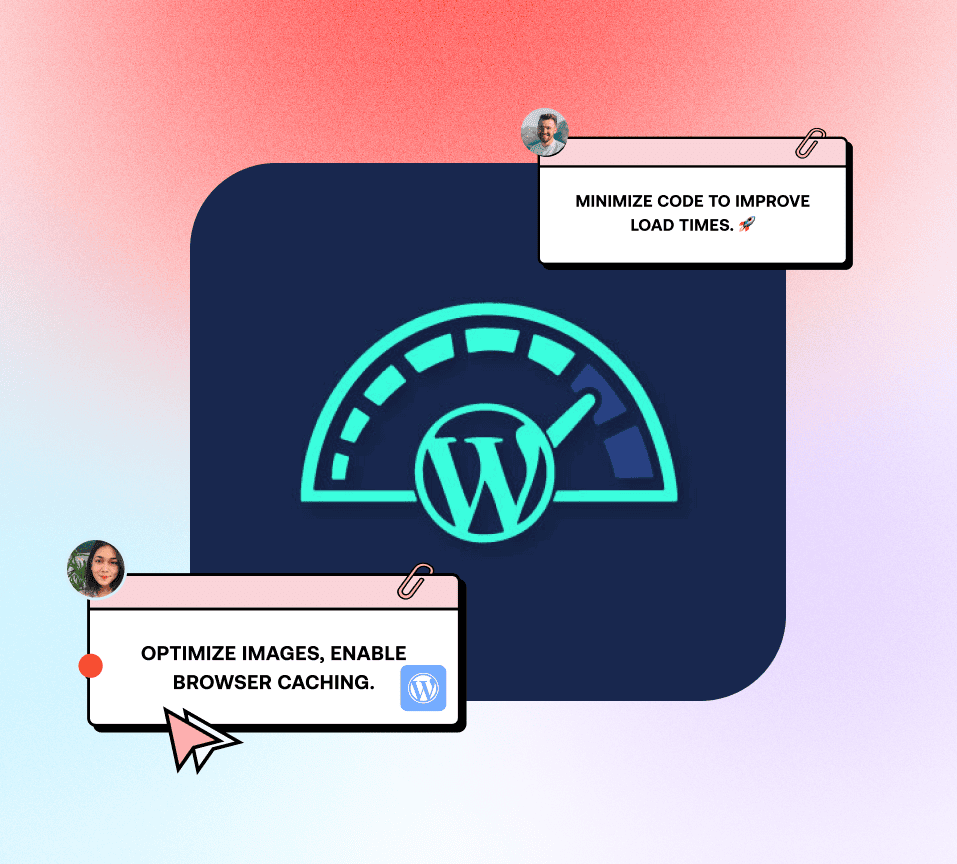Buzz Haven: Your Source for Trending Insights
Stay updated with the latest buzz in news, trends, and lifestyle.
Speed Demons: Turning Your Website into a Lightning Bolt
Unleash your website's potential with lightning-fast speed! Discover expert tips to boost performance and keep visitors hooked.
5 Proven Strategies to Boost Your Website's Speed
In today's digital landscape, website speed is crucial not only for user experience but also for search engine optimization. A faster website reduces bounce rates and improves conversion rates. Here are 5 proven strategies to enhance your website's speed:
- Optimize Images: Large images can drastically slow down your website. Utilize image compression tools and the appropriate file formats (e.g., JPEG for photos, PNG for graphics) to improve loading times.
- Leverage Browser Caching: Caching allows browsers to store frequently accessed resources on a user's device, leading to quicker load times for repeat visitors.
- Minimize HTTP Requests: Reducing the number of elements on your page can decrease loading times. Combine CSS and JavaScript files and streamline your HTML.
- Use a Content Delivery Network (CDN): CDNs store copies of your site on multiple servers around the world, ensuring faster access for users regardless of their location.
- Enable Gzip Compression: Enabling Gzip compression on your server reduces the size of your files, making them quicker to transfer, thus improving site speed.

The Impact of Website Speed on User Experience and SEO
The impact of website speed on user experience cannot be overstated. When a website loads slowly, it leads to frustration among users, often resulting in high bounce rates. Studies have shown that even a one-second delay in page loading can decrease conversions by up to 7%. Therefore, ensuring that your website loads quickly is essential not only for retaining visitors but also for providing a positive experience that encourages them to interact with your content. Key factors that influence website speed include server response time, image optimization, and the use of efficient coding practices.
From an SEO perspective, website speed is a critical ranking factor. Search engines like Google take loading times into account when determining search result rankings. A faster website can improve your site's visibility, attracting more organic traffic. In addition, user engagement metrics such as time on site and pages per session are positively influenced by faster loading speeds, further signaling to search engines that your content is valuable. Optimizing your website for speed not only enhances user satisfaction but also strengthens your overall SEO strategy, creating a win-win situation for your digital presence.
Is Your Website Fast Enough? Key Metrics to Measure Performance
In today's digital landscape, website speed is more crucial than ever. A slow loading website can lead to high bounce rates and diminished user satisfaction. To determine if your website is fast enough, it's essential to measure key performance metrics. Page Load Time, which refers to the duration it takes for your website to fully display, is a primary metric. Ideally, a website should load in under three seconds. Additionally, the Time to First Byte (TTFB) metric reflects how quickly a browser receives the first byte of data from the server, laying the groundwork for content loading. A TTFB of under 200 milliseconds is generally considered optimal.
Another essential metric to consider is First Contentful Paint (FCP), which measures the time it takes for the first piece of content to render on the screen. A fast FCP enhances user experience, allowing visitors to engage with content sooner. Lastly, Cumulative Layout Shift (CLS) is a vital metric for assessing visual stability; it quantifies unexpected layout shifts during loading, which can frustrate users. A CLS score of less than 0.1 is ideal. Monitoring these key metrics will help you determine whether your website is fast enough to provide an optimal user experience and maintain a solid search engine ranking.